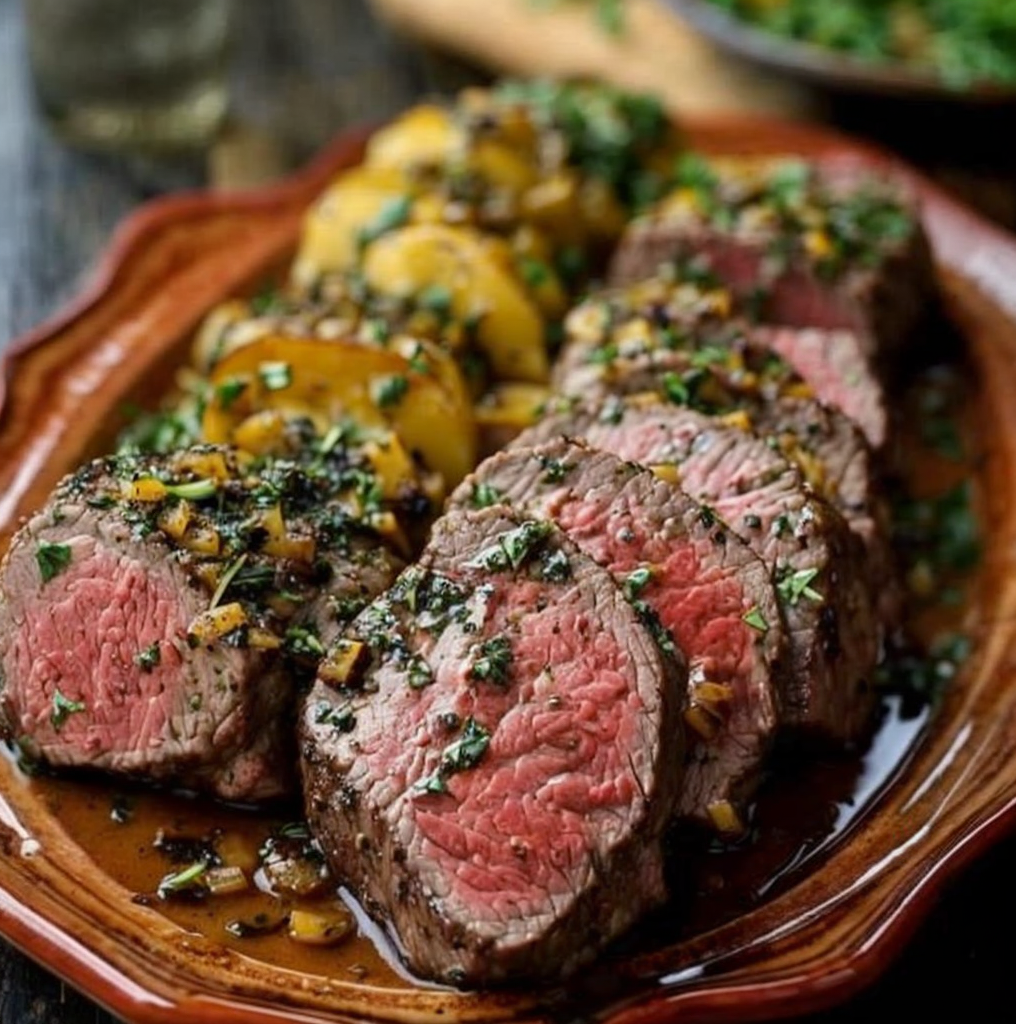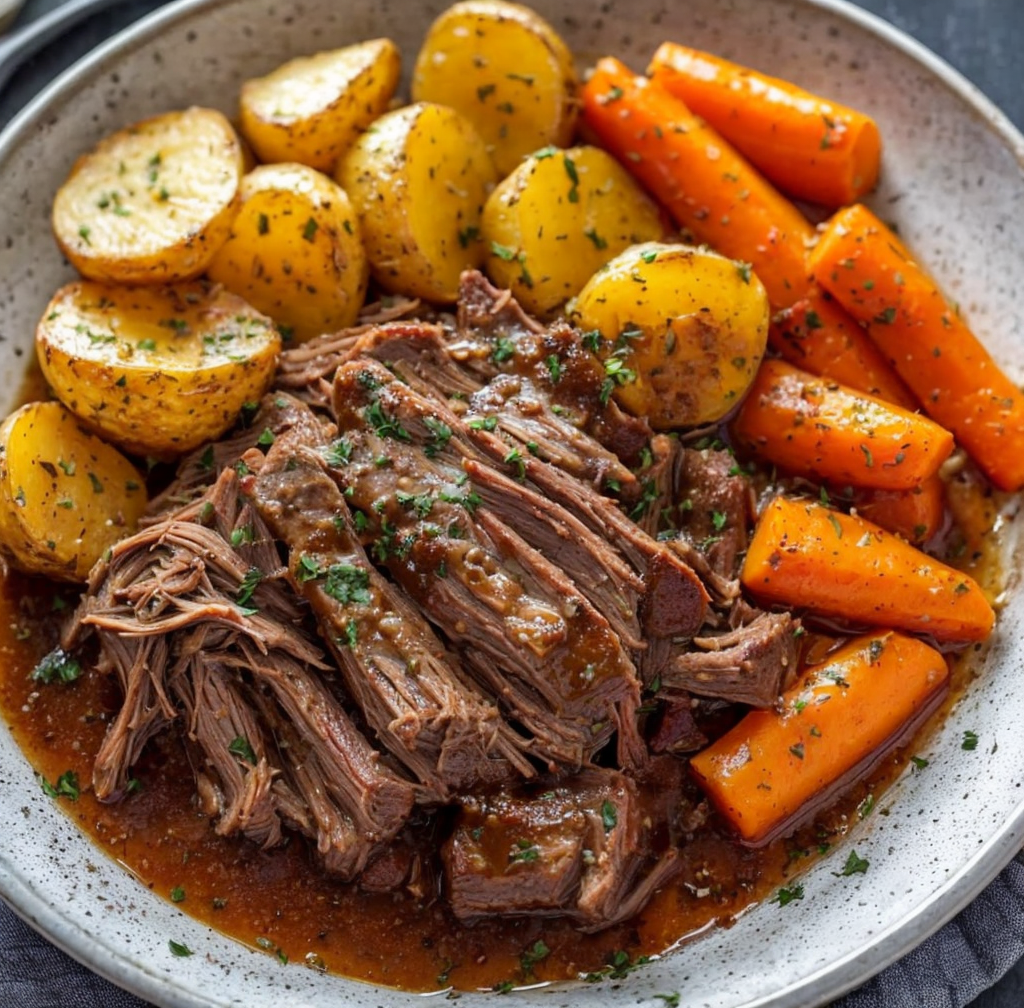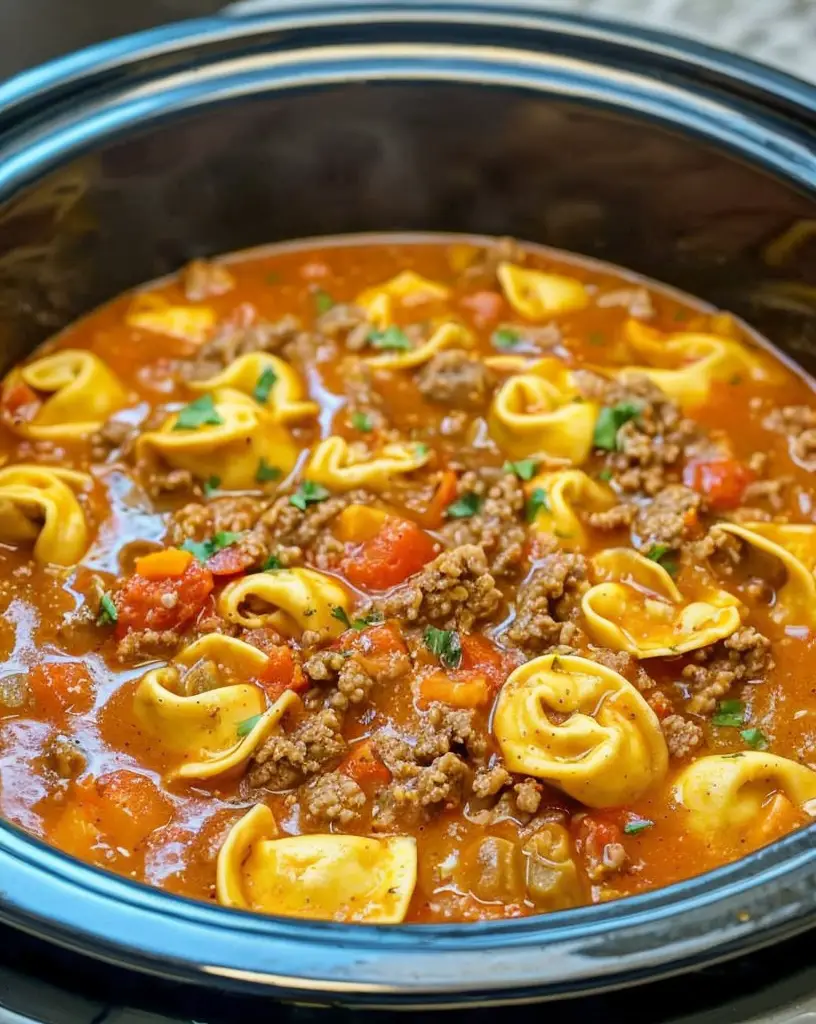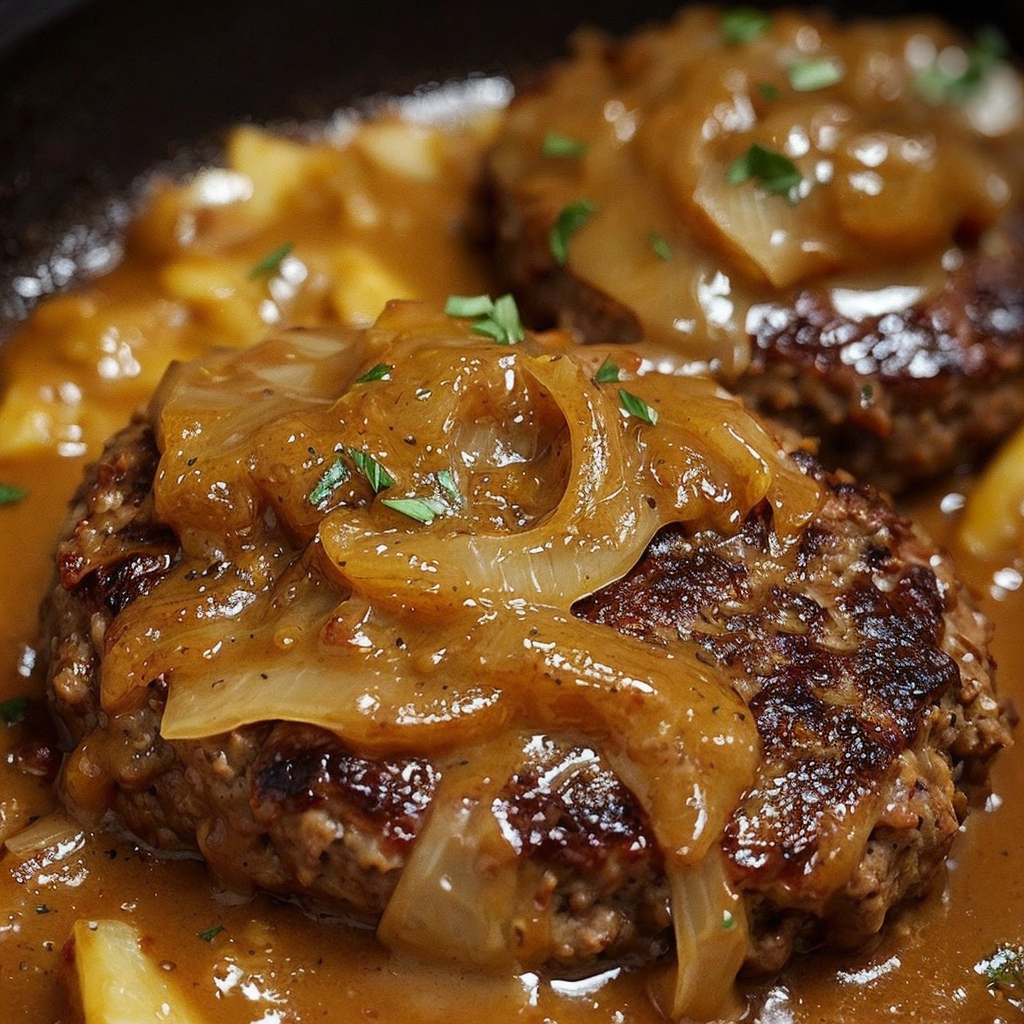Crispy Parmesan Artichoke Hearts: The Ultimate Appetizer Delight
Crispy Parmesan Artichoke Hearts make a stellar appetizer that excites your palate with each bite. These savory mouthfuls are perfect for gatherings, offering a perfected mixture of textures and flavors. The golden-brown crust, crafted from the delicate blend of Parmesan and bread crumbs, encases the tender richness of artichoke hearts, creating an irresistible treat. Whether you’re hosting a dinner party or preparing a snack for yourself, these artichoke hearts promise an enjoyable culinary adventure.
Quick Recipe Highlights
- Flavor Profile: Celebrates the tangy artichoke with a savory Parmesan base.
- Texture: Crispy exterior with a soft, tender center ensures a delightful contrast.
- Aroma: Aromatic notes of Parmesan cheese enhance the herbal hints from artichokes.
- Visual Appeal: Golden crust with a vibrant green interior captures the eye.
- Skill Level Needed: Perfect for beginners, needing basic kitchen skills.
- Special Equipment: A baking sheet and oven are essentials for perfect results.
Recipe Overview
- Difficulty Level: This recipe is straightforward, requiring minimal culinary expertise. Most steps are intuitive, and the artichokes are easy to handle.
- Category: Ideal as an appetizer or a side dish, these crispy gems are versatile in any meal scenario.
- Cuisine: This dish showcases Artisan Mediterranean influences, encompassing a rustic yet sophisticated palate typical of Italian traditions.
- Cost: Affordable, using accessible ingredients like canned artichokes and Parmesan to create a budget-friendly gourmet snack.
- Season: Perfect year-round appetizer, with heightened enjoyment during spring and summer when artichoke season is at its peak.
- Occasion: Suitable for both casual gatherings and upscale dinners, impressing guests with its flavor profile.
Why You’ll Love This Recipe
Diving into these Crispy Parmesan Artichoke Hearts, the first thing that captivates is the harmonious blend of flavors and textures. The sharpness of Parmesan melds effortlessly with the subtle bitterness of artichoke, creating a taste that is both comforting and sophisticated. These artichoke hearts are perfect for those who appreciate culinary simplicity with gourmet outcomes.
When it comes to convenience, this recipe shines as an exceptionally manageable dish to prepare. With a few easy steps, this recipe suits anyone who prefers quick preparation without sacrificing taste. Its simplicity doesn’t complicate your kitchen routine; instead, it complements it by offering a delightful go-to recipe.
Nutritionally, artichokes are a powerhouse, providing a wealth of fiber, vitamins C and K, folate, and antioxidants. Coupled with the protein boost from Parmesan cheese, this dish is both a treat and a boost to your dietary routine. Balancing indulgence with health benefits makes it an invaluable addition to your cooking repertoire.
Socially, these crispy artichoke hearts are perfect for gatherings, fostering an atmosphere of sharing and enjoyment. Their bite-sized form makes them easy to serve and enjoy in social settings, sparking conversation through flavor. Whether hosting brunch or an evening soirée, these bites adapt to any social event.
Cost-effectiveness and accessibility also play significant roles in the recipe’s appeal. The ingredients are not only affordable but widely available, enabling anyone to craft this dish without hassle. Even when on a tight budget, this recipe provides a luxurious experience that doesn’t stress your wallet.
Historical Background and Cultural Significance
The artichoke has a rich history rooted in the Mediterranean, where it originated and has been cultivated for centuries. Initially revered by the Romans and Greeks, artichokes were valued for their aphrodisiac properties and medicinal uses. This culinary gem made its way to Europe, becoming a staple in French and Italian kitchens.
Culturally, artichokes symbolize abundance and love in Mediterranean communities. Their blooming flower represents prosperity, which made them a popular offering at festivals. Over time, artichokes have become embedded in the cultural fabric of Mediterranean diets, celebrated for their vibrant flavor and adaptability.
The evolution of artichoke recipes speaks to the versatility of this vegetable. From raw preparations in Italian salads to roasted forms in Provencal cuisine, artichokes have been adapted to various culinary expressions. Each preparation maintains an homage to its origins while exploring creative culinary pathways.
Regionally, artichoke hearts take on unique flavors and preparations. In Spain, they might be paired with Jamon Serrano. In Sicily, stuffed with regional cheeses and herbs. Such variations showcase its adaptability, celebrating local culinary traditions while honoring artichokes’ deep-rooted history.
Ingredient Deep Dive
The artichoke heart is the star ingredient, revered for its deep history and culinary flexibility. Its tender profile is complemented by its subtle earthy flavor, making it a versatile ingredient. In Mediterranean cuisines, artichokes have been front-runners due to their ability to deliver bursts of freshness to dishes, celebrated for their rich heritage.
From a nutritional standpoint, artichokes present a range of benefits. They are high in fiber, aiding digestion, and contain notable antioxidants that contribute to overall health. Artichokes also offer a good dose of vitamin C, contributing to a robust immune system. This balance makes them a health-conscious ingredient, without compromising on taste.
When selecting artichokes, look for a vibrant green with tightly packed leaves ensuring freshness. If purchasing canned variety, choose those that are stored in brine for a robust flavor profile. Store fresh artichokes in a cool, dry place or refrigerate for tinned varieties to maintain their quality.
For substitutions, artichoke bottoms offer a thicker, heartier texture for those preferring a denser bite. Alternatively, hearts of palm can mimic their texture while providing a unique take on flavor, offering an innovative twist on the traditional preparation.
Parmesan cheese enriches the dish with its unmistakable umami punch. The aged notes of Parmesan create a rich, nutty backdrop ideal for pairing with artichokes. For those seeking alternatives, Pecorino Romano provides a similar sharpness while Grana Padano delivers a slightly milder experience.
Common Mistakes to Avoid
- Not drying artichokes thoroughly before coating. Excess moisture can hinder the breadcrumb’s adherence, leading to a less crispy finish.
- Skipping the use of egg wash, which acts as a binding agent, ensuring breadcrumbs and Parmesan stick to the artichokes effectively.
- Overcrowding the baking sheet. This prevents even browning, resulting in soggy rather than crispy artichokes.
- Using stale breadcrumbs. Fresh breadcrumbs provide a richer texture, ensuring optimal crispiness.
- Under-seasoning. Artichokes crave a sprinkle of salt to enhance their natural flavor; be generous yet measured with your seasoning.
- Ignoring preheating the oven. A hot oven is essential for achieving that crispy, golden crust.
- Cooking without flipping. To ensure even browning, turn artichokes halfway through the bake.
- Neglecting fresh Parmesan. Pre-grated varieties don’t melt as well, affecting texture and flavor.
- Not letting artichokes cool slightly before serving. They’re best enjoyed when cooled a little as the flavors meld better together.
Essential Techniques
Mastering the coating process is key to ensuring your Crispy Parmesan Artichoke Hearts turn out perfect. The egg wash facilitates the adherence of breadcrumbs and cheese. Ensuring each artichoke heart is thoroughly coated results in an even crust, necessary for that satisfying crunch. Practicing precision during this phase can overcome any coating challenges.
The baking process itself is pivotal to achieving the desired texture. High, even heat crisps up the breadcrumbs while cooking the artichokes through. Monitoring the baking process carefully allows you to adjust if artichokes aren’t crisping evenly. Once mastered, this skill ensures every batch is consistently golden and mouth-watering.
Pro Tips for Perfect Crispy Parmesan Artichoke Hearts
Start by allowing canned artichokes to drip dry in a colander for a few minutes to remove excess moisture. Pat them down with paper towels thoroughly, giving the coating the best shot at adhering well.
Use a mixture of olive oil and melted butter to grease the baking sheet. This adds an extra layer of flavor infusion while promoting an even bake for the artichokes.
Incorporate finely chopped fresh herbs like parsley or thyme directly into the breadcrumb mixture for a hint of earthiness that accentuates the artichokes’ flavor profile.
For added crunch, toast the breadcrumbs lightly in a pan before adding them to the coating mix. This guarantees they stay crispy after baking.
Remember to flip the artichokes halfway through the baking time. This technique ensures both sides achieve a beautiful, even golden-brown color.
Experiment with different cheeses like Asiago or Romano to tinker with the flavor intensity, providing a unique twist on the traditional Parmesan crust.
Variations and Adaptations
Depending on your taste preferences, regional variations of this recipe can bring new life to traditional artichoke hearts. Mediterranean-style uses sun-dried tomato bits mixed with the breadcrumbs to add a tangy depth.
Adapting this dish seasonally involves pairing artichokes with seasonal herbs, such as rosemary in winter months or basil in the summer. These herbs respectively complement and contrast the earthy tones of the artichokes.
For a dietary change, gluten-free breadcrumbs can be seamlessly substituted, while the dish retains its textural integrity. Vegan adaptations utilize nutritional yeast instead of Parmesan, delivering umami richness without the dairy.
If you’re after flavor exploration, try adding chili flakes to kick-start the palate. This modification enlivens each bite with warmth, perfectly balancing the richness of the Parmesan.
For a texture play, dip each artichoke heart into a finely ground nut powder, such as almonds, alongside the breadcrumbs. This provides a nutty crunch that complements the creamy artichoke interior.
Presentation can be enhanced using microgreens as a garnish. Their peppery flavor and vibrant color serve as a stunning visual contrast to the golden artichoke hearts.
Serving and Presentation Guide
When it comes to plating these artichoke hearts, less is more. Arrange them on a broad plate, giving each piece space to breathe and showcasing their golden finish. This minimalist approach allows the artichokes’ crispness to remain the focal point.
For an added layer of presentation, consider garnishing with freshly grated lemon zest. The brightness and color invigorate the visual appeal, making the artichokes irresistible on sight.
Traditional accompaniments such as aioli or a simple marinara sauce can complement the artichoke hearts beautifully. Offer these dips in small bowls beside your serving plate for easy access and an enhanced experience.
Modern serving suggestions may include pairing with a zingy citrus salad, creating a refreshing counterbalance to the richness of the baked artichokes. This lively complement underscores the versatility of artichoke hearts.
Temperature matters; artichoke hearts are best served slightly warm. Allow them to cool for 5 minutes post-baking to let flavors meld, achieving a delectable balance of toasted exterior and succulent interior.
Consider portioning a few hearts per serving, as their richness means a little goes a long way. This control allows for enjoyment without overwhelming, ensuring they remain a delicate appetizer rather than a heavy starter.
Wine and Beverage Pairing
The moderate bitterness and nutty profile of these artichoke hearts pair wonderfully with a crisp white wine such as Sauvignon Blanc. Its acidity cuts through the richness, cleansing the palate and complementing the flavor intensity.
Non-alcoholic alternatives such as sparkling water infused with lemon or cucumber provide a refreshing backdrop that doesn’t overshadow the artichoke hearts’ complexity. These beverages keep your palate engaged without overpowering the subtle notes.
Coffee or tea is generally not a tradition pairing, but if you’re inclined, a light Pu-erh tea may serve as an exotic sip option that doesn’t detract. Its understated earthiness marries well with the artichokes.
Temperature considerations, especially in beverages, play a role in enhancing the enjoyment. Ensure that wines are adequately chilled, while non-alcoholic drinks maintain a refreshing coolness, sustaining the appetite for the next delightful bite.
Serve wine in clear glassware to emphasize clarity, matching the sophisticated elegance the dish delivers. Similarly, non-alcoholic choices in tumbler glasses provide aesthetic cohesion to your presentation.
Storage and Shelf Life
Crispy Parmesan Artichoke Hearts are best enjoyed fresh but can be kept for short-term storage if needed. Place leftovers in an airtight container to maintain as much crispness as possible.
Refrigerate your artichoke hearts if storing for up to three days. Proper containment is essential to prevent the dish from absorbing surrounding odors in the fridge.
When reheating, employ a low-temperature oven to gently warm the hearts without compromising the crispy exterior. Avoid microwaving, as it can lead to soggy results.
Check for signs of spoilage before consumption such as off smells or slime formation. Such signs indicate they should not be eaten.
Freezing isn’t recommended due to textural changes resulting in a less desirable consistency upon thawing.
Repurpose any leftovers by chopping and incorporating into salads or pasta dishes; their savory profile enriches these dishes without needing a full re-bake.
Make Ahead Strategies
Venturing into make-ahead preparations for this recipe enriches the experience of stress-free hosting. Consider coating your artichokes in advance, refrigerating them until baking time. This practice lets you focus on other elements of your meal.
Store coated artichokes between layers of parchment paper. This arrangement preserves the integrity of the coating and prevents clumping or weakening.
Assess the quality impact and ensure to employ a reheating method that retains texture. Always test bake a few pieces to determine the optimal timing and temperature settings.
If assembling in advance, remember to refresh flavors with a squeeze of fresh lemon juice post-bake. This step revitalizes stored components, infusing brightness back into the artichoke hearts.
Keep fresh elements like herbs or garnishes stored separately until serving. This ensures they maintain their vibrancy and texture without wilting or over blending with stored components.
Scaling Instructions
For smaller gatherings, halving the recipe allows for a more manageable yield without excessive leftovers. Adjust seasoning quantities accordingly to maintain flavor balance amidst reduced volume.
Doubling or tripling the recipe requires careful monitoring of brewing times to ensure all artichokes retain their desired crispy texture. Larger batches may necessitate additional baking sheets and staggered baking rounds.
Consider adapting cooking equipment for larger batches, using commercial-sized ovens or convection settings for efficiency and even heat distribution.
Increased ingredient volume translates to adjustments in prep times. When scaling, allow for additional slicing, drying, and coating time, ensuring consistent quality across greater yields.
Factoring storage needs becomes critical when scaling up. Evaluate whether storage capacity can accommodate renewed quantities, ensuring freshness is never compromised.
Nutritional Deep Dive
These Crispy Parmesan Artichoke Hearts boast a remarkable macro blend, balancing carbohydrates from breadcrumbs and protein from cheese. This profile supports energy needs while maintaining finish and taste.
Micronutrient contributions from artichokes include significant levels of magnesium, iron, and folate, vital to various bodily functions, including immune support and heart health. Incorporating this dish means indulging in health benefits along with enjoyment.
From a health standpoint, this recipe provides a harmonized approach to eating well without guilt. With a moderate portion size, it fits well within dietary goals without excess.
Pay attention to portion control as the richness benefits from sensible servings. This balance ensures satisfaction without overindulgence, aligning with nutritional wisdom.
Maintaining the fiber intake from artichokes supported with cheese-induced vitamins offers a well-rounded dietary inclusion. Consider this dish an easy inclusion for boosting daily nutrient profiles.
Dietary Adaptations
Transforming these artichoke hearts into gluten-free delights is simple. Substitute traditional breadcrumbs with a gluten-free alternative, adjusting flavors to taste, while still achieving a desired crispness.
For a dairy-free version, swap Parmesan with a nutritional yeast mix that maintains umami richness without dairy content, delivering compassionate comfort aligned with plant-based values.
A vegan adaptation requires swapping both cheese and egg wash. Use aquafaba as a binding substitute and nutritional yeast to replicate flavor, creating a fully plant-based variation.
Low-carb adherences may consider reducing breadcrumbs and focusing on a more cheese-inclusive coating for a satisfying crust, ensuring the recipe aligns with carbohydrate-focused dietary plans.
Should you follow the keto or paleo approach, almond flour can replace breadcrumbs. The nutty flavor complements artichokes while adhering to dietary principles. Adjust seasoning to tailor your savory palate.
In pursuing a Low-FODMAP solution, consider removing ingredients that destabilize the balance. Monitor individual ingredient impacts, borrowing supportive alternatives that retain quality diet adherence without sacrificing taste.
Troubleshooting Guide
Dealing with texture issues begins with monitoring coating adherence. Ensure artichokes are patted dry and coated thoroughly. This consistency before baking solves most texture pitfalls.
To achieve balanced flavor, focus on proper seasoning application. Taste before finalizing serving, modifying additives to suit desired profiles.
If encountering temperature problems, particularly uneven baking, adjust rack placement and rotate pans to resolve these challenges, ensuring thoroughness.
Equipment surprises are resolved through planning. Preheat your ovens, double-check baking sheets, and ensure your oven thermometer provides accurate temperatures.
Ay ingredient shortages, think about substitutions that maintain balance without losing the essence of the original recipe. Mindful swaps retain integrity without disruption.
Timing concerns emerge when aligning all steps. Monitor preparation sequences and arrange processes sequentially for smooth execution, minimizing stress over timing deviations.
Recipe Success Stories
Our community feedback reveals delightful creative adaptations. One user described adding truffle oil, offering a luxurious depth of flavor to the crispy artichokes, while another incorporated a spicy twist using cayenne.
Variation successes also highlight potential for exploration. A reader mentioned replacing Parmesan with Manchego, inspiring engaging culinary innovation across borders demonstrated in their photos.
Adaptation stories paint a vivid picture of possibility, illustrating the endless opportunity for customization while grounded in the original recipe, turning it into unique personal expressions.
Reader suggestions encompassed garnishing with a squeeze of lime, opening up refreshing avenues to infuse brightness into the flavor profile, an inspiring tip captured beautifully.
For a photography tip, natural lighting brings out the vibrancy in colors and textures, best showcasing both ingredients’ quality and cooking skills. Enthusiasts find beauty in abundance already present in the recipe.
Frequently Asked Questions
Can I use fresh artichokes instead of canned ones?
Yes, fresh artichokes can be used. However, they require additional preparation steps like steaming or boiling before coating. The canned version offers convenience but using fresh provides a distinct flavor for those inclined.
What alternatives exist for Parmesan cheese?
Pecorino Romano and Asiago can be used instead of Parmesan. For a dairy-free choice, nutritional yeast offers a savory alternative that maintains umami depth typical of Parmesan.
How can I keep the exterior crispy?
Use a high heat setting and ensure even spacing on the baking tray. A thin yet complete coating layer also helps achieve the desirable crispness, turning halfway through baking locks in texture.
Do artichokes require pre-cooking?
When using canned artichokes, pre-cooking isn’t necessary, as they are pre-cooked. If you’re using fresh ones, steaming or boiling until tender is necessary before proceeding with the recipe.
Can I store leftovers, and how should I reheat them?
Yes, leftovers can be stored in an airtight container in the fridge. Reheat in a low-temp oven to keep them crispy rather than microwaving, ensuring texture is preserved in every bite.
Is it possible to fry instead of bake?
Yes, frying ensures crispiness but results in a different mouthfeel and may alter the calorie count significantly. Baking offers a healthier option, reducing fat content without sacrificing flavor.
How do I prevent breadcrumbs from becoming soggy?
Dry the artichokes thoroughly before coating. Avoiding overcoating and ensuring proper bake time maintains breadcrumb crispness. Use pre-toasting techniques for breadcrumbs to secure better results.
What dipping sauces pair well with artichoke hearts?
Aioli or marinara sauce complements the savory notes. Lemon-thyme yogurt dip pairs well, offering zesty contrast, or explore green chutney to introduce a burst of herbal flavors while serving.
Can frozen artichokes be used?
Frozen artichokes can be employed, but ensure they are completely thawed and patted dry to avert excessive moisture, which affects crispness. Adjust baking time as needed for flavor depth.
How can I add a spicy twist?
Incorporate chili flakes into the breadcrumb-Parmesan mixture for a subtle heat. Alternatively, a spicy dipping sauce can provide a burst of spice without altering the artichokes themselves.
Additional Resources
For more related recipes, explore our additional compilation of Mediterranean appetizers. You’ll find an array of artichoke recipes that further illuminate the breadth of this versatile vegetable.
Technique guides brim with clarity, offering insights into essential kitchen strategies. Here, practice the art of breadcrumbing, as our step-by-step processes yield efficiency and excellence.
Ingredient information articles amplify knowledge, delving into the nutritional virtues of the humble artichoke while celebrating cheese varieties that dazzle in such pairings.
Equipment recommendations provide clarity on essential kitchen gadgets, noting which tools elevate the cooking experience with ease.
Seasonal variations inspire bouts of culinary creativity. Discover how artichoke embraces seasonal produce, influencing preparations while celebrating fresh availability.
Join the Conversation
Our community flourishes through shared culinary experiences. Connect with us on social media, tagging posts and sharing photos. Engage through commentary; we love celebrating recipe achievements.
Photography tips from our experts inspire creativity in capturing the beauty of artichoke creations. Focus on natural light to bring colors and textures to life, engaging viewers with authentic vibrancy.
Recipe reviews and adaptations drive discussion, supporting passionate culinary explorations. Your feedback excites our community, while inspiring continued recipe-tasting journeys.










